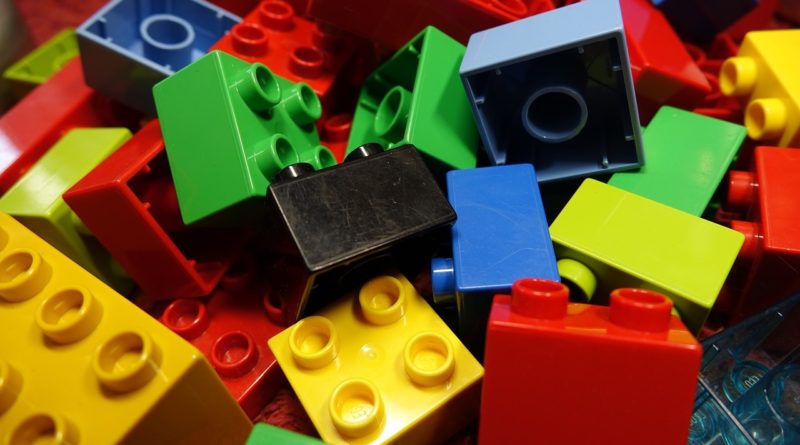LEGO: A Story of Precision
If you look in any child’s toy box you’re bound to come across at least a few of those classic, iconic, and instantly recognizable Lego bricks. It hardly matters what country or even what decade you’re in, Lego are both ubiquitous and timeless.
These days you can find all sorts of sets featuring characters, vehicles, and locations from just about any popular franchise you can imagine. There are knights, and pirates, and astronauts, as well as everything from Harry Potter to Star Wars Lego sets. And then there are the video games, the theme parks, and of course the critically acclaimed and astronomically popular movies. But how has a simple set of toy blocks stood the test of time, lasted for decades, and inspired so many big ideas across the decades? One simple concept: quality control.
The story of Lego begins in Denmark almost a century ago. The Great Depression had really begun to impact the world market, and most people couldn’t afford the relative extravagance of building a new house at the time. For Ole Kirk Christiansen, a carpenter who made bespoke furnishings and woodwork, this spelled trouble, as almost over night his customer base had disappeared. He started to make miniature versions of his products in order to showcase his work to potential customers, but instead the idea got him into the production of toys.
Ole Kirk Christiansen continued to design and construct wooden toys until plastics and other synthetic materials became commercially available in Denmark following World War II, when Ole Kirk purchased an injection molding machine. This machine was originally used to construct a toy truck which could be taken apart and reassembled, but, following in the tradition of stackable wooden block toys, a version was produced with relatively new materials, with those classic pegs. They were similar to a product known as “Automatic Binding Bricks” that were available at the time, and a tepid response from customers of the first edition of “Lego Mursten” or “Lego Bricks” sent Ole Kirk back to the drawing board. The first edition of the product had those iconic pegs for stacking, but had hollow bottoms, which didn’t allow for much stability or versatility. In 1958 the hollow tubes were added to the underside, and Lego began being sold in sets, and the rest is history.
And that brings us back to our idea of quality control. These days you can interlock bricks built this year with bricks built decades ago. It’s reverse compatibility that spans not just decades but generations. And this is all thanks to Lego’s strict adherence to top notch quality control. To date only about 18 out of every million Lego bricks that come out of their high quality injection molders will have any sort of visible or physical inconsistency. This includes discoloration or trouble interlocking. The creation of the individual pieces allows for tolerances of only a few micrometers. And pieces are hand checked by human inspectors.
This consistency of design and quality control means that if you buy a new Lego set today, the bricks and figures will be able to interlock with a set you bought when you were a kid. It means your kids can add your old collection to their new one. It means that Lego is not just a product, but an idea that inspires imaginations and crosses generations.
